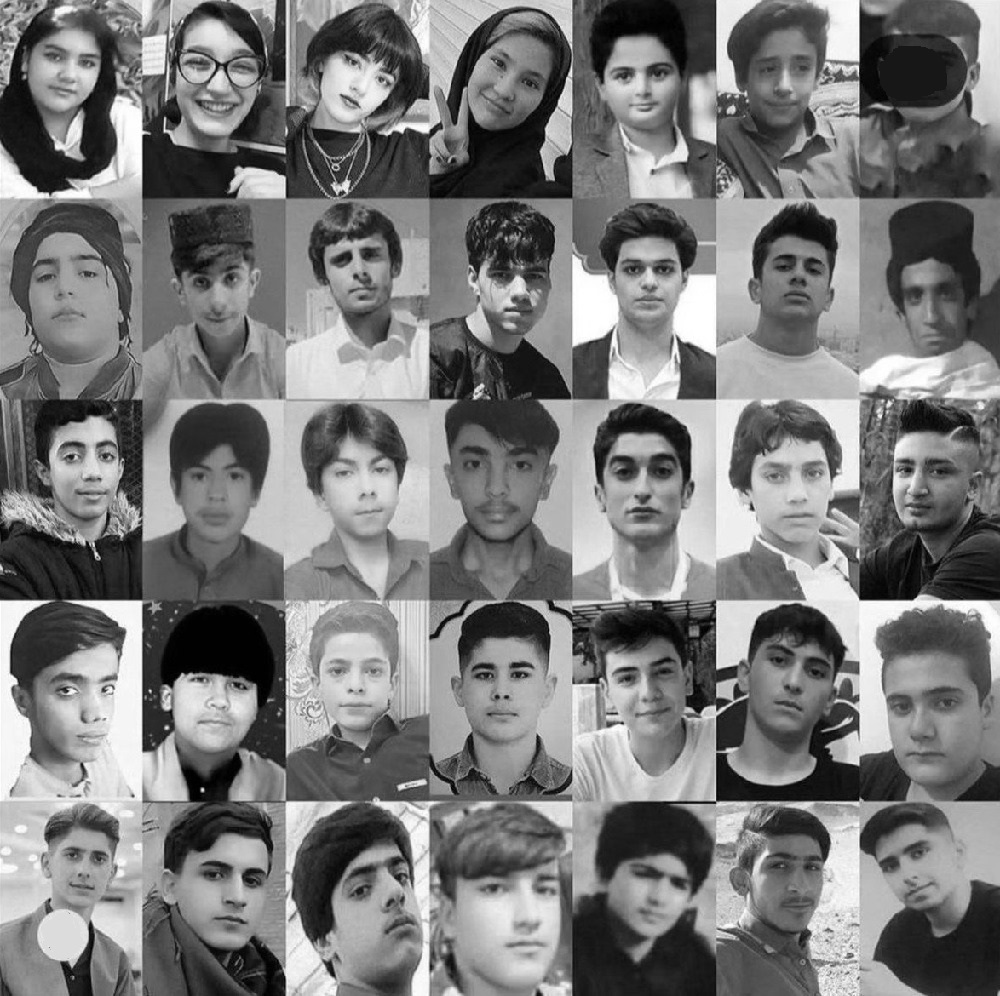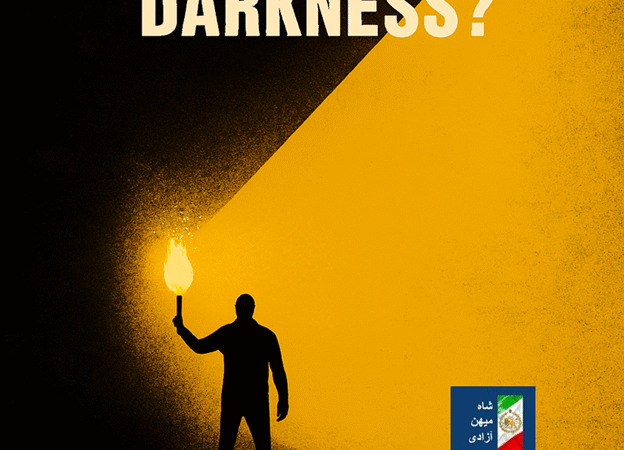The Islamic Republic: A Regime on the Brink of Collapse

The Islamic Republic, a regime supported, probably by only 10% of the population, comprising a mix of Mullah Leftists and Mojahedin,

is closer to collapse than ever. In this scenario, the real winners of the election circus are the people of Iran, probably —90% of whom boycotted the election.
Key points to note are:
- Reformists as Part of the Regime:
Reformists and their internal and external agents are essentially part of the Islamic Republic and can no longer pose as a fake opposition. They serve to maintain the status quo rather than initiating genuine change.
- Lack of Crisis Exit Plans:
The regime and its reformists have no political or economic plan to exit this crisis. The absence of a coherent strategy to address the country’s systemic issues only exacerbates the situation.
- Unchanging Foreign Policy:
Their foreign policy will not change and will continue to oppose Israel and support Islamic terrorism by IRGC and their proxy groups in Palestine, Lebanon, Yemen, Iraq, Syria and in Africa. This rigid stance isolates Iran from much of the international community, limiting diplomatic and economic opportunities.
- Persistent Lack of Freedoms:
The lack of political and social freedoms will persist under the current regime. Basic human rights, such as freedom of speech, assembly, and the press, remain heavily restricted, stifling the voice of the people.
- Deteriorating Livelihoods:
The people’s livelihood will further deteriorate. Economic mismanagement, corruption, and sanctions have led to high unemployment, inflation, and a declining standard of living.
- Call for Monarchy:
The informed and intelligent public, in search of their Iranian identity, call for only one alternative: #KingRezaPahlavi. This reflects a desire for a return to a period perceived as more stable and prosperous.
- Intensifying Crises:
Political, economic, security, and social crises will intensify. The regime’s inability to address these issues creates a volatile environment, increasing the risk of widespread unrest.
- Civil Protests:
The transformation of the social security crisis and Iranian identity into civil protests in response to the potential threat concerns about Afghan immigrants and the potential “Afghanization” of Iran, which fuels fears and tensions within the society.
According to the above points, we must formulate our strategy to
Considering the above points, we must develop our strategy for the Regime Change in Iran. This strategy should include:
International Advocacy:
Maximum Support for the Iranian people and Maximum Pressure on the Islamic Republic Regime.
Engaging the international community to support the Iranian people’s quest for freedom and justice. This involves lobbying foreign governments, international organizations, and human rights groups to put pressure on the regime and support democratic movements within Iran. Highlighting human rights abuses and seeking international sanctions against the regime can be effective tactics.
Unified Leadership:
Organizing our forces inside and outside Iran under the leadership of the Shah of Iran, focusing on unity and coherent action. A unified front is crucial for effective resistance and ensuring that all efforts are aligned toward a common goal. Establishing a clear chain of command and communication channels among opposition groups will be essential.
Public Awareness Campaigns:
Increasing awareness among the global and Iranian public about the regime’s failures and the proposed alternative. This can be achieved through media campaigns, social media engagement, and public events that highlight the regime’s shortcomings and the benefits of a democratic government. Using testimonials from those who have suffered under the regime can personalize and strengthen the message.
Economic Plans:
Developing comprehensive economic plans to address the immediate and long-term needs of the Iranian people post-regime. This includes strategies for economic recovery, job creation, and improving living standards through sustainable development. Collaborating with Iranian and international economic experts and institutions can help create a robust and realistic plan.
Cultural Revival:
Promoting Iranian cultural and historical identity to strengthen national unity and pride. Emphasizing the rich cultural heritage of Iran can help foster a sense of belonging and resilience among the population, countering the regime’s narrative. This could include supporting cultural events, educational programs, and media that highlight Iran’s history and cultural achievements.
Together, we can create a future where a secular Iran based on human rights, thrives as a free, prosperous, and democratic nation. By addressing the regime’s failures and presenting a clear, united, and actionable alternative, we can inspire hope and mobilize the Iranian people toward a brighter future.
***
Raghu Kondori is a French-Iranian, Chief Editor of “Shahvand.org/en”.
He is a Political and security strategist.
Shah Homeland Freedom™ #ShahHomelandFreedom™
Shah Patrie Liberté™ #ShahPatrieLiberté™
™شاه میهن آزادی™ #شاه_میهن_آزادی
Copyright © 2023-2025 Raghu Kondori. All Rights Reserved.

